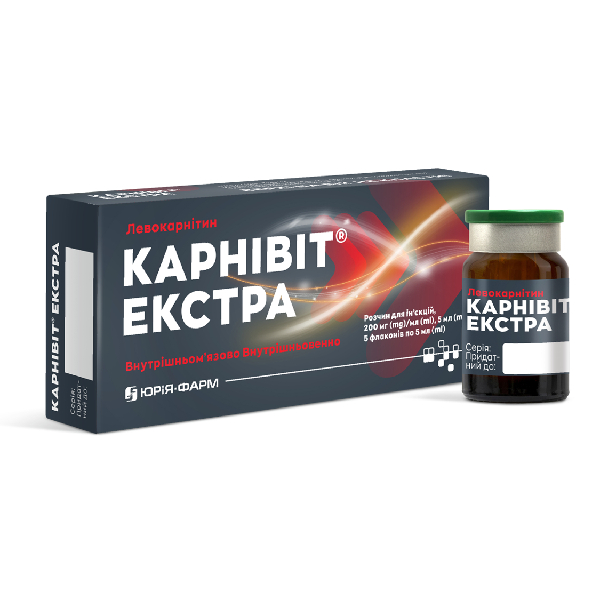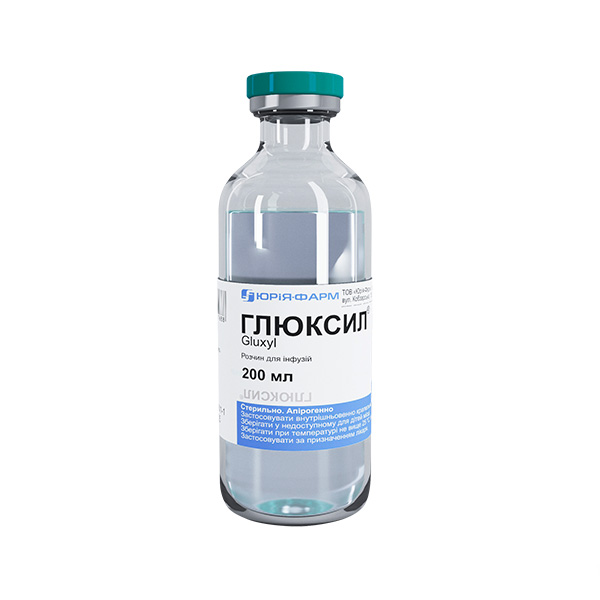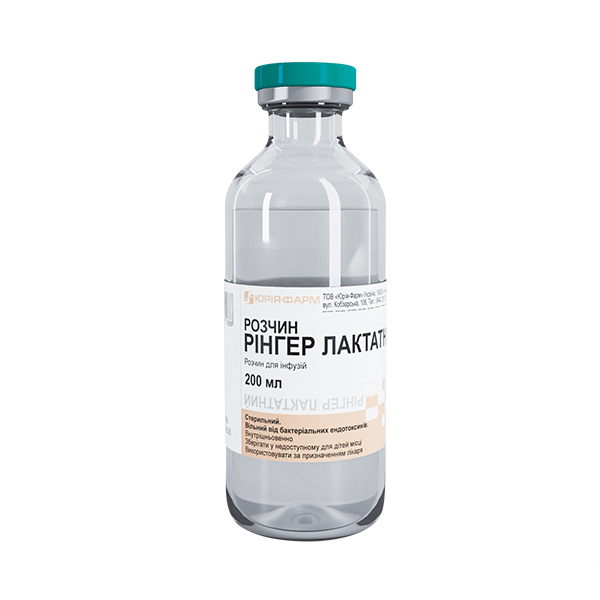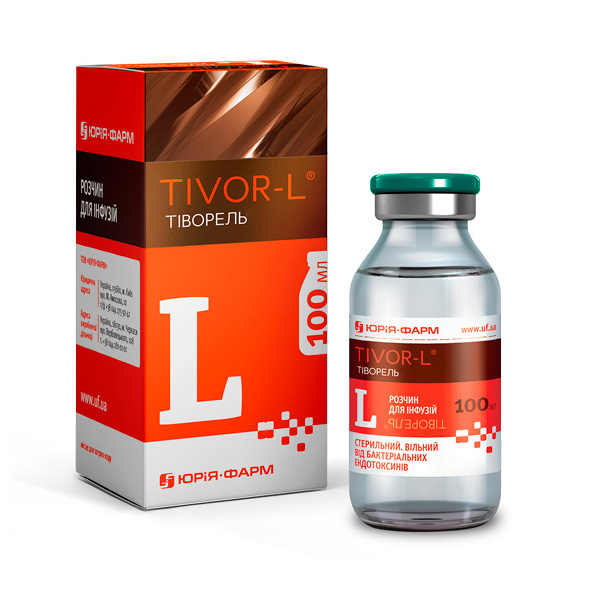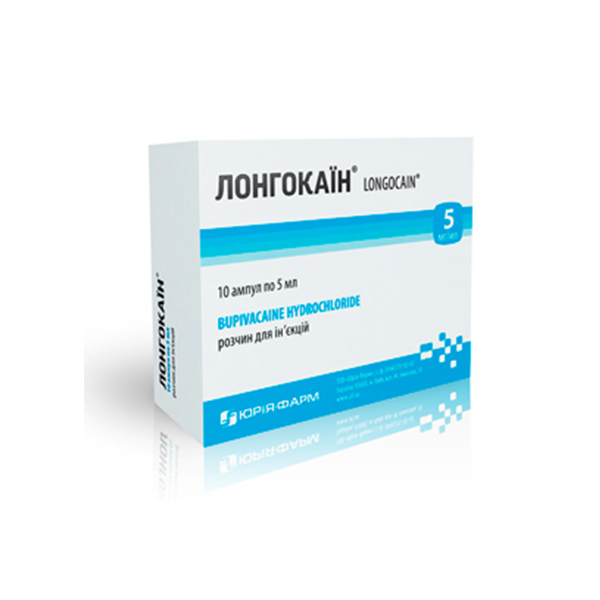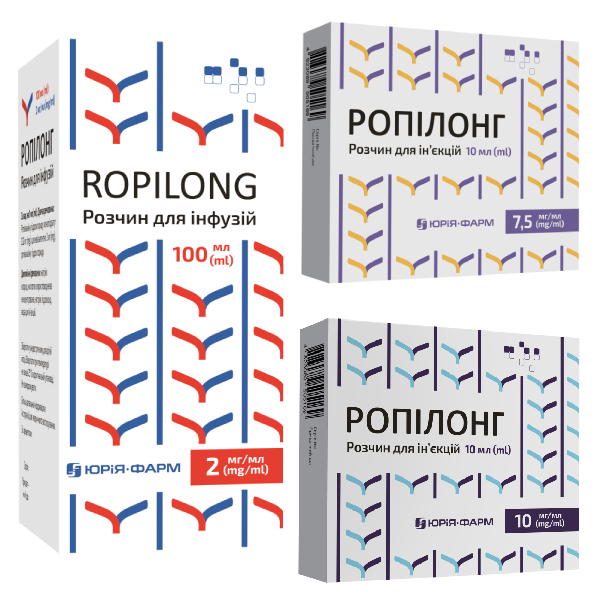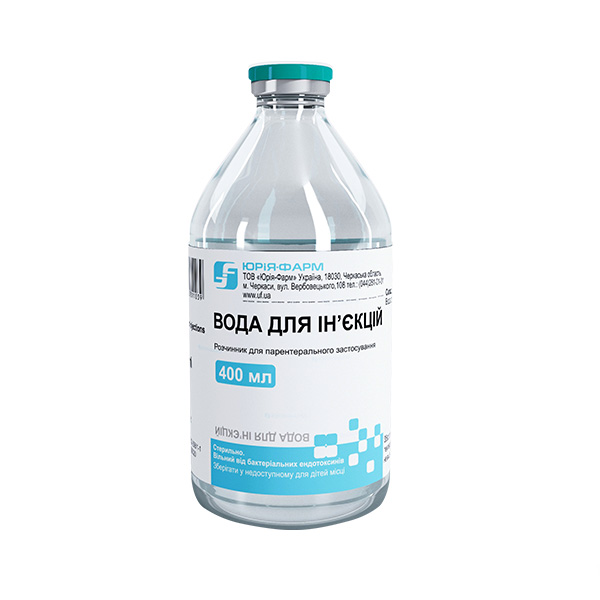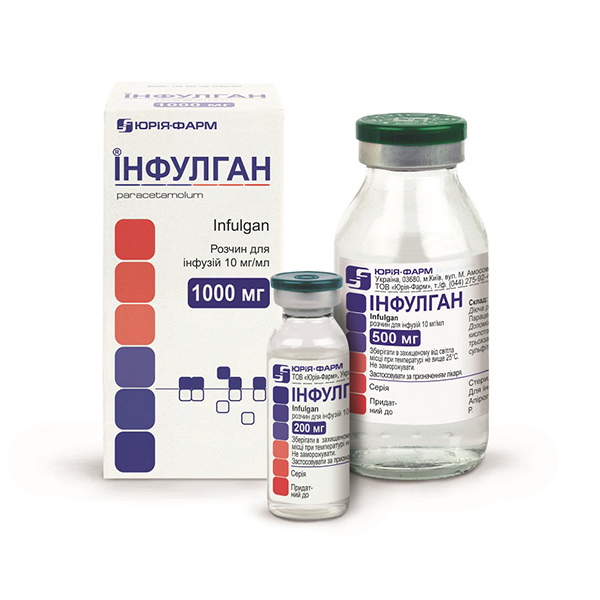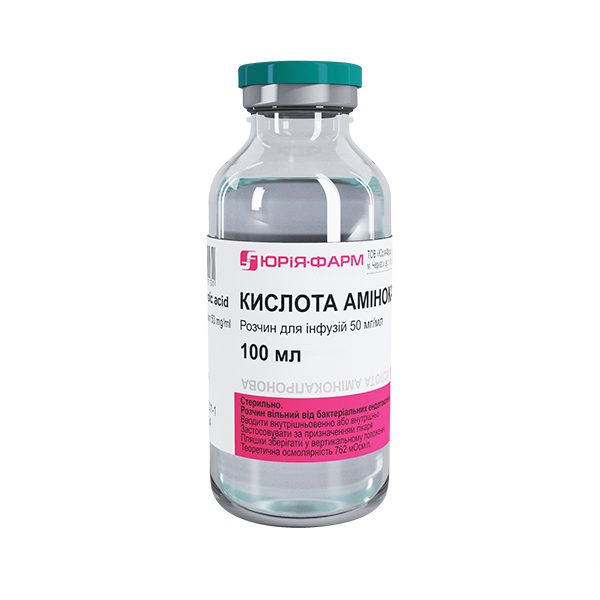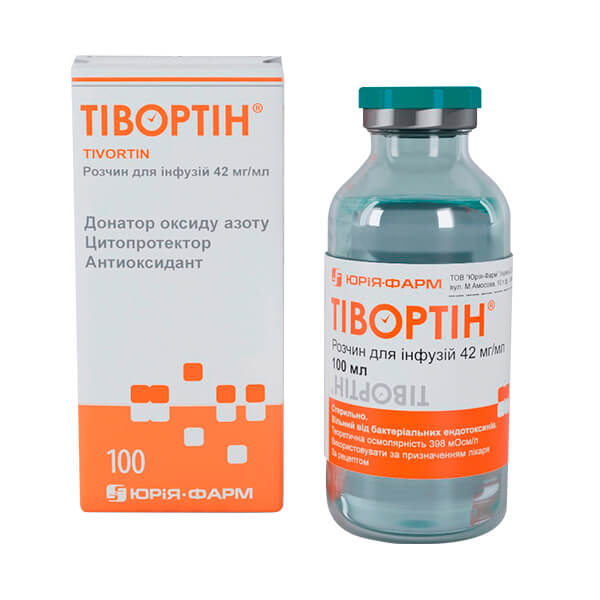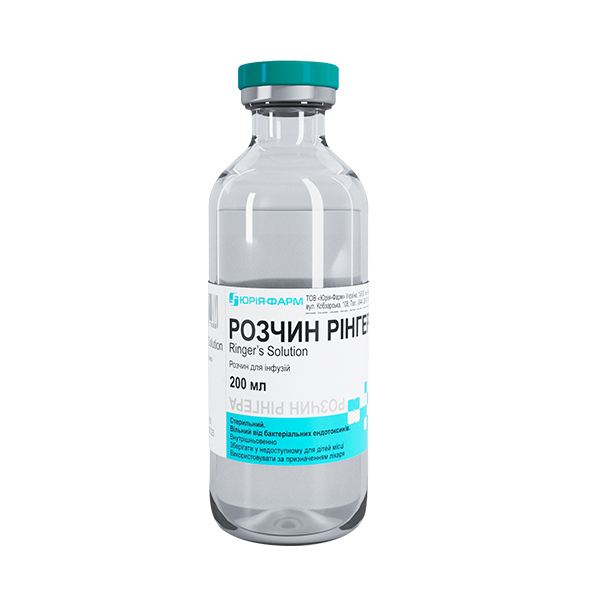Carnivit® Extra
Carnivit® Extra – weight loss catalyst.
Carnivit® Extra is a levocarnitine solution of 1000 mg in vials for intramuscular and intravenous injections. The only L-carnitine in Ukraine that can be used intramuscularly!
Carnivit® Extra is a catalyst for healthy weight loss:
- L-carnitine transports fatty acids into the mitochondria of cells, converting them into energy.
- L-carnitine helps to increase the level of metabolism, improves the fat burning process and promotes weight loss.
- L-carnitine increases endurance and performance during physical exercises, which is especially important for patients who are indicated for lifestyle correction and physical activity.
- L-carnitine lowers the cholesterol level and normalizes the performance of the cardiovascular system.
Carnivit® Extra injections are absorbed more efficiently compared to oral agents, which allows you to get the effect desired by the doctor and the patient!
Release form: solution for injection. 5 ml each in glass vials; 5 vials in a cardboard box.
How supplied
Sales markets
Ukraine
Instruction
APPROVED
Order of the Ministry of Health
of Ukraine
13.12.2023 No. 2116
Certificate of Registration
No. UA/20289/01/01
INSTRUCTIONS
for medical use of the medicinal product
CARNIVIT® EXTRA
Composition:
- active ingredient: levocarnitine;
- 1 ml of solution contains 200 mg of levocarnitine;
- excipients: concentrated hydrochloric acid, water for injection.
Pharmaceutical form. Solution for injection.
The major chemical and physical properties: transparent, colorless, or slightly yellowish solution.
Pharmacotherapeutic group. Amino acids and their derivatives. ATC Code: А16А А01.
Pharmacological properties.
Pharmacodynamic properties.
Levocarnitine is a natural component of the human body and plays a fundamental role in lipid utilization. In fact, it is the only carrier that transports long-chain fatty acids across the inner mitochondrial membrane to participate in beta-oxidation. In addition, levocarnitine is involved in intermediate metabolism, transporting acetylated fragments formed as a result of beta-oxidation, which contributes to the preservation of intra-mitochondrial coenzyme A and thus increases the energy availability of the cell by:
- stimulating the oxidative utilization of pyruvate;
- stimulating the decarboxylation of branched-chain amino acids;
- participating in hepatic ketogenesis.
Pharmacokinetic properties.
After a single slow intravenous administration (over 5 minutes) of 30 mg/kg of levocarnitine, the concentrations of free and total carnitine reach their maximum values after the first administration. The return to normal initial values is slow, since 24 hours after the injection, the concentration in the plasma is higher than before the drug administration.
The mean apparent half-life is approximately 0.8 hours (alpha phase) and the mean apparent elimination half-life is approximately 24 hours (beta phase).
Levocarnitine is excreted in the urine, with approximately 80% of the administered dose being eliminated within 24 hours after administration.
Preclinical safety data
Preclinical studies of levocarnitine toxicity conducted on animals at doses significantly exceeding the therapeutic range showed no signs of toxicity.
Mutagenicity studies conducted on Salmonella typhimurium, Saccharomyces cerevisiae and Schizosaccharomyces pombe showed that levocarnitine is not mutagenic.
No long-term animal studies of the carcinogenic potential of levocarnitine have been conducted.
Studies of reproductive function were conducted on rats and rabbits. In male or female rats, levocarnitine does not affect mating ability, fertility factor, embryonic/fetal development, or testis weight. Newborns of both the first and second generation demonstrate normal development and behavior.
Teratogenic effects were not detected in animals. However, higher postimplantation fetal deaths were observed in rabbits at the highest dose (600 mg/kg/day) compared to the control group. This increase is not significant.
Given the small amount of change and the lack of statistical significance, the biological relevance of these results to humans is low.
Clinical characteristics.
Therapeutic indications.
It is indicated in cases when oral administration is unacceptable, impossible or contraindicated (e.g., acute decompensation, intensive care, complete food intolerance, severe uncontrolled diarrhea, food restraint in the pre-, intra- and postoperative periods):
- primary systemic or muscle carnitine deficiency;
- secondary carnitine deficiency in patients with organic aciduria;
- deficiency of beta-oxidation of fatty acids.
Contraindications.
Hypersensitivity to the active ingredient or excipients of the medicinal product.
Interaction with other medicinal products and other forms of interactions.
Simultaneous use with other medicinal products
Vitamin K antagonists
The international normalized ratio (INR) shall be monitored more frequently. During the use of levocarnitine and eight days after discontinuation of its use, the dose of vitamin K antagonists shall be adjusted (see section “Special warnings and precautions for use”).
Special warnings and precautions for use.
In patients with diabetes mellitus treated with insulin and/or oral hypoglycemic drugs, the use of levocarnitine may lead to hypoglycemia. Such patients are recommended to have regular blood glucose monitoring.
Patients who received levocarnitine and vitamin K antagonists concomitantly have been reported to have increased INR. Patients who receive levocarnitine and vitamin K antagonists concomitantly shall be closely monitored (see sections “Interaction with other medicinal products and other forms of interactions” and “Undesirable effects”).
Pregnancy and breastfeeding.
Pregnancy
Animal studies have not revealed a teratogenic effect of levocarnitine. In animals, the highest dose (600 mg/kg/day) increases the risk of postimplantational embryo death. The significance of these findings for humans is unknown.
There are no reliable clinical trials on the use of levocarnitine during pregnancy. The use of levocarnitine during pregnancy shall be considered only if the expected benefit to the mother outweighs the potential risk to the fetus.
Since animal studies of reproductive function are not always representative of the response in humans, the use of levocarnitine during pregnancy shall be considered only if the expected benefit to the mother outweighs the potential risk to the fetus.
Breastfeeding
There are no reliable clinical studies on the passage of levocarnitine into breast milk. The use of levocarnitine during breastfeeding shall be considered only if the expected benefit to the mother outweighs the potential risk to the newborn, who will be exposed to excess levocarnitine.
Fertility
Animal studies have not shown any effect of levocarnitine on fertility (see section “Pharmacological properties. Preclinical safety data”).
The ability to influence the speed of reaction when driving vehicles or other mechanisms.
Carnivit® Extra does not affect or has a negligible effect on the speed of reaction when driving vehicles or other mechanisms.
Method of administration and posology.
Posology
The dose of levocarnitine for children and adults is 25-75 mg/kg per day.
Method of administration
Carnivit® Extra shall be administered slowly intravenously or intramuscularly.
Special patient groups
Patients with renal impairment
Patients with severe renal impairment shall not receive high doses of levocarnitine for a long time due to the accumulation of trimethylamine and trimethylamine N-oxide metabolites.
Elderly patients
In elderly patients, who may have reduced renal function, levocarnitine should be used with caution; depending on renal function, dose adjustment may be necessary (see “Patients with renal failure”).
Pediatric population.
Levocarnitine can be used in children.
Overdose.
High doses of levocarnitine may cause fishy-smelling diarrhea. Levocarnitine is removed by dialysis.
Undesirable effects.
Undesirable effects are listed according to the MedDRA systemic-organ class and are classified according to the following frequency of occurrence: very common (≥ 1/10), common (≥ 1/100, < 1/10), uncommon (≥ 1/1000, < 1/100), rare (≥ 1/10000, < 1/1000), very rare (< 1/10000), not known (cannot be estimated from the available data).
Immune system disorders
Not known: hypersensitivity reactions.
Gastrointestinal disorders
Not known: vomiting, nausea, diarrhea, abdominal pain.
Skin and subcutaneous tissue disorders
Not known: specific skin odor, hyperhidrosis, erythema, hives, itching.
Musculoskeletal system and connective tissue disorders
Not known: muscle cramps, myalgia.
Test
Not known: increase in INR.
Reporting undesirable reactions
Reporting undesirable reactions after registration of the medicinal product is important. This enables monitoring of the benefit/risk ratio when using this medicinal product. Healthcare professionals, as well as patients or their legal representatives, should report all cases of suspected adverse reactions and lack of efficacy of the medicinal product via the Automated Pharmacovigilance Information System at: https://aisf.dec.gov.ua
Shelf life. 2 years.
Storage conditions.
Store in the original package at temperatures below 30°C.
Keep out of reach of children.
Incompatibilities.
Information is not available.
Packaging.
5 ml in glass vials; 5 vials in a blister in a cardboard box.
Prescription status. On prescription.
Manufacturer. Yuria-Pharm LLC.
Manufacturer’s location and address of business activity.
108 Kobzarska St., Cherkasy, Cherkasy region, Ukraine Tel.: (044) 281-01-01.
Date of last revision.
13.12.2023

